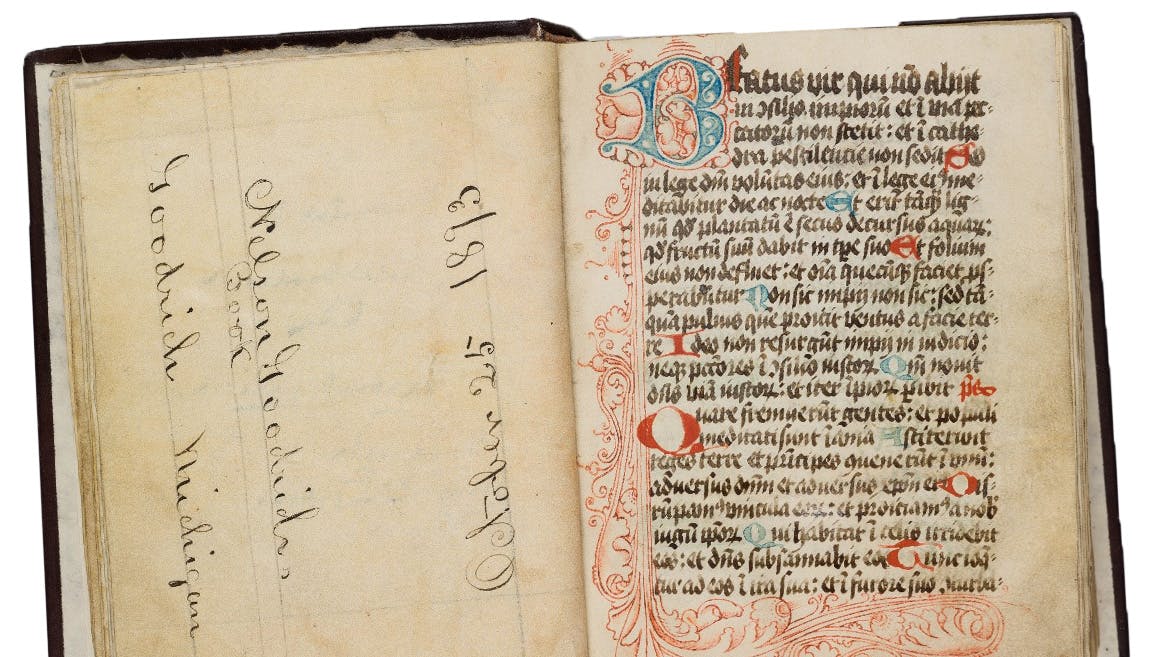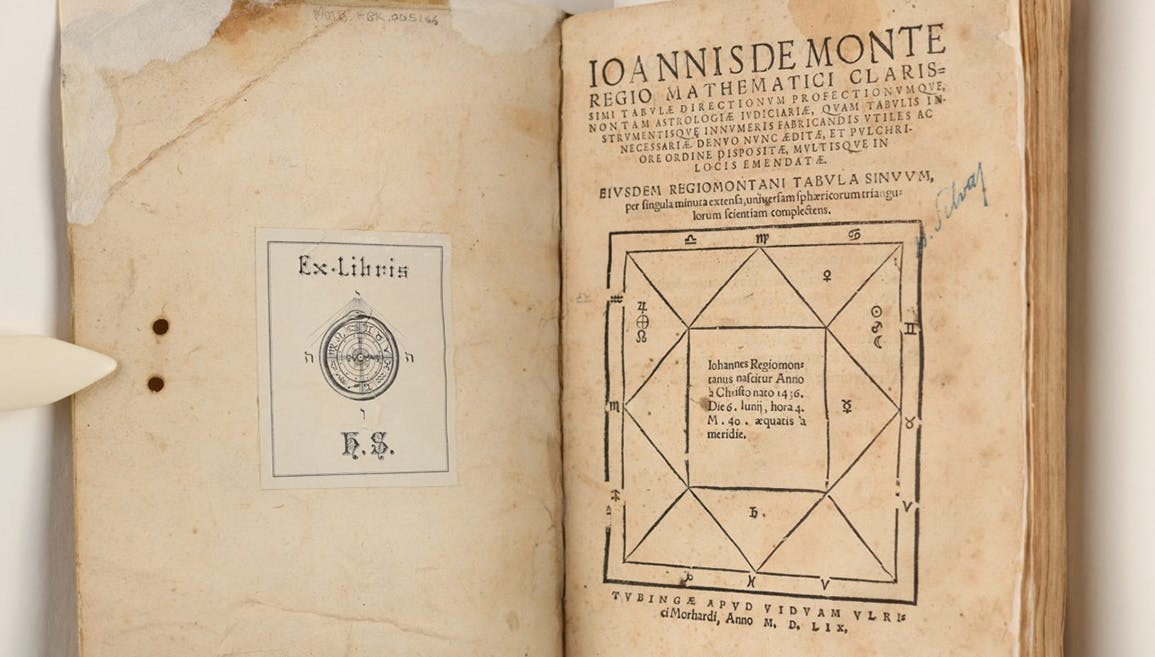Updates from the Field: Tel Shimron with Dr. Daniel Master
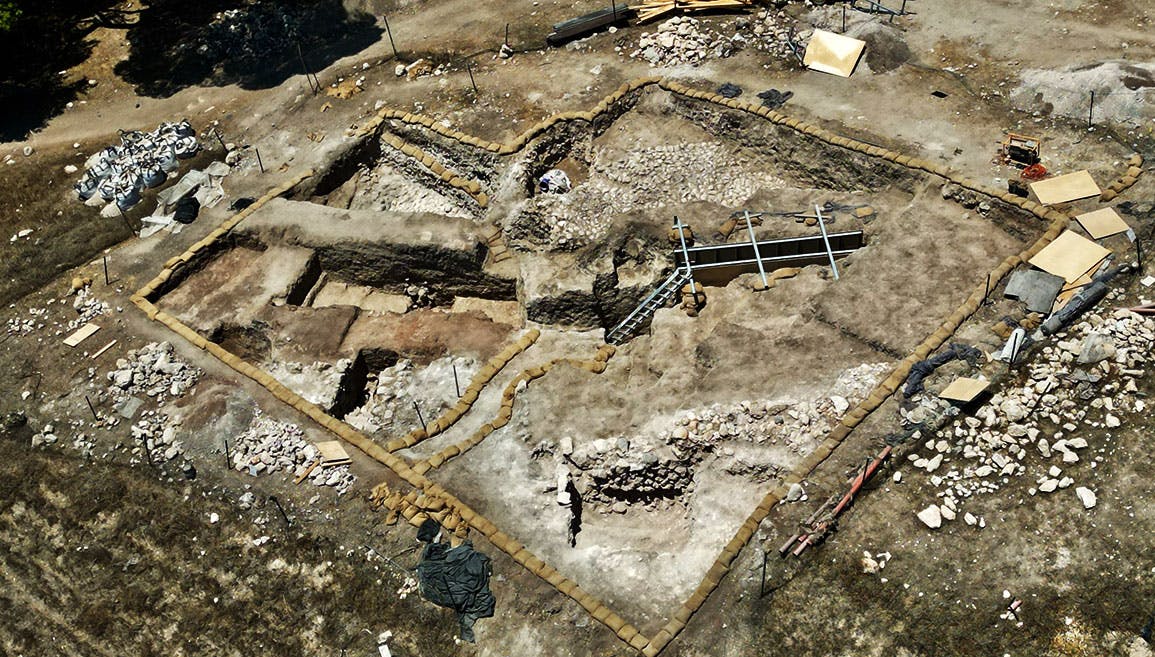
Museum of the Bible sponsors two archaeological digs in the land of Israel: the Tel Shimron Excavations and the El-Araj Excavation Project. Updates about each site are shared periodically by the lead excavators. The following is an interview by our director of Scholars Initiative, Dr. Robert Duke, with Dr. Daniel Master, co-director of the Tel Shimron Excavations, about the excavation project in Tel Shimron.
The updates about the el-Araj excavations are included in our interview with Dr. R. Steven Notley, academic director of the El-Araj Excavation Project, which you can find here.
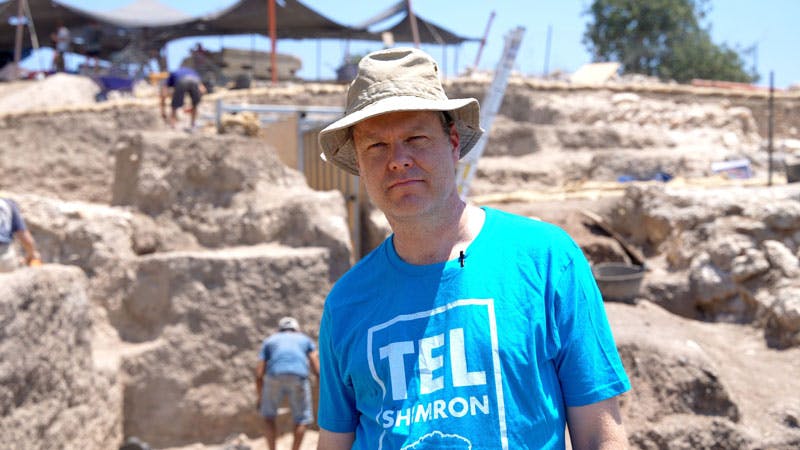
Figure 1: Daniel Master, co-director of the Tel Shimron Excavations. Photo Credit: Eyecon.
Duke: Where is the site of Tel Shimron?
Master: Tel Shimron is located on the western end of the Nazareth ridge, in the northwest corner of the Jezreel Valley. It is located along the main east-west route through the Jezreel Valley that linked the ancient trade of Arabia with the Mediterranean.

Figure 2: Tel Shimron excavation site, Jezreel Valley. Photo Credit: Eyecon.

Figure 3: Tel Shimron, view from the west. Photographed by Tal Gluck.
Why is it an important site to excavate?
Tel Shimron is one of the largest sites in the north, and yet, almost nothing had been excavated at the site until 2015. The site has been inhabited from the Stone Age through modernity, so it contributes to answering just about every important historical question in northern Israel. In order to understand such an important site, it was important that we assemble a team of highly experienced scholars to work on the Bronze Age, the Iron Age, the Hellenistic period, the Roman period, and the Islamic period, spanning some six millennia of expertise, and, in each era, it was critical to collaborate with botanists, biologists, chemists, and spatial analysts in order to collect the details of the past using the latest techniques in archaeological science.

Figure 4: Aerial view of steel structure supporting the corridor to the corbelled vault, Tel Shimron. Photo Credit: Eyecon.
In each era, Tel Shimron answers different specific questions. For instance, in the Bronze Age, “Shum-anu” was one of the great Canaanite cities, and understanding this site helps us to understand the nature of urbanism more broadly during this period. In the Iron Age, “Shim‘on” was part of a network of sites that supported the northern kingdom of Israel. In the Roman period, “Simonias” was a Jewish village in the Nazareth region, probably under the authority of the city of Sepphoris to the north.
What is the most significant find from the recent dig season?
In 2023, we excavated for six weeks and made great progress in understanding the Bronze Age, Iron Age, and the Roman period. The most newsworthy find was a unique 3,800-year-old intact mudbrick vault. (See news coverage of this discovery: https://www.telshimronexcavations.com/press). This discovery illustrates Mesopotamian building technology, which was brought into this region in the early second millennium BC.
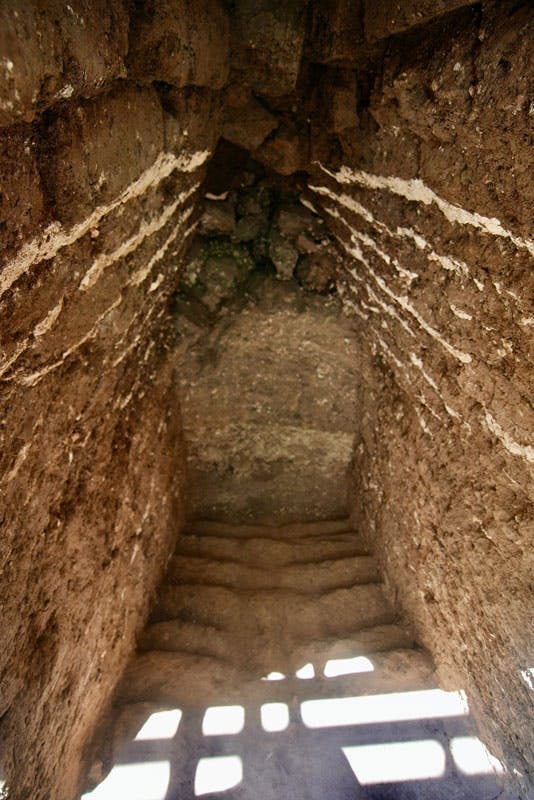
Figure 4: Mudbrick stairs within the passageway are blocked by intentional gravel backfill and large boulders, Tel Shimron. Photo Credit: Eyecon.
How does this site help us know more about the world of the Bible?
Whether we are discussing the Hebrew Bible, the New Testament, or the Mishnah, the cultures that we are uncovering at Tel Shimron are the cultures that produced these ancient texts. Everything we learn at the site makes these books come alive. Specifically, at Tel Shimron, we are investigating the following: How did the Israelites of the Iron Age understand the great cities of the Bronze Age? How did the Northern Kingdom of Israel interact with the Phoenicians to the west? What was Jewish village life like in the Nazareth region in the first century AD? What was the influence of Hellenism like in rural Jewish communities of the second and third centuries in western Galilee? Each of these questions is critical to biblical interpretation, and Tel Shimron can help to provide answers.
What is the goal for 2024?
After five seasons of work, we better understand the site as a whole and can focus our energies on key periods and key buildings. For 2024, we are going to continue to excavate in every area and every era, from the monumental acropolis of the Canaanites to the farming village of the Hellenistic period.
What are ways people can get involved with your dig?
We run an archaeological field school for three or six weeks. This program includes lectures, workshops, field trips, interaction with leading archaeologists from around the world, and, of course, lots of instruction in the process of excavation. Our team of experienced scholars and teachers loves to introduce new groups to everything that modern archaeology can discover, and we welcome all participants. More information can be found at www.telshimronexcavations.com

Figure 5: Excavation of a first-century ritual bath. Photographed by Melissa Aja.
